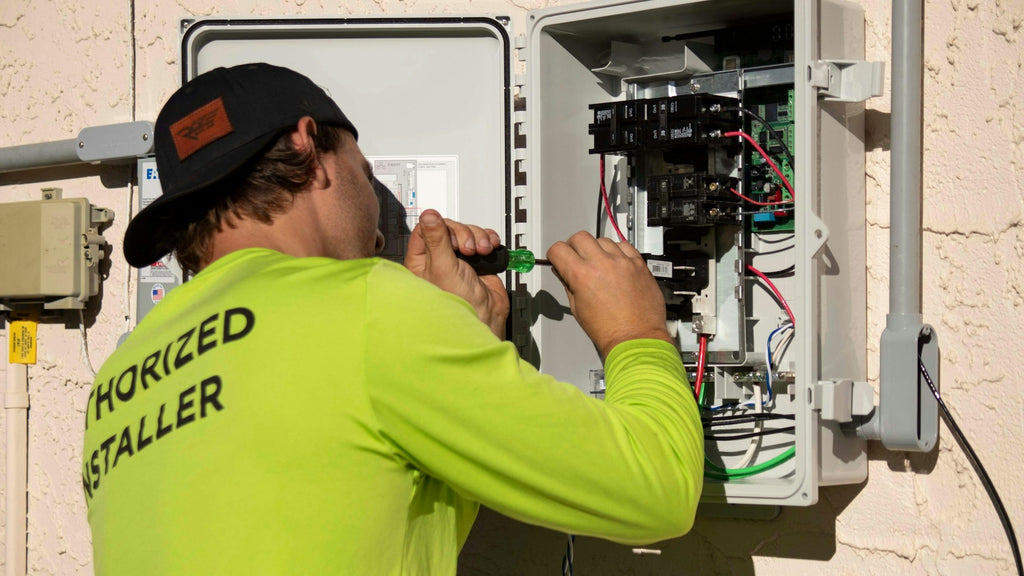Solar inverters play a crucial role in converting the direct current (DC) generated by solar panels into alternating current (AC) for household use. However, like any technology, they can encounter issues. In this article, we will delve into solar inverter troubleshooting: 8 common problems and easy solutions to help you maintain optimal performance.

1. Inverter Not Turning On
One of the most common issues is the inverter failing to turn on. This can be due to several reasons, including:
- Power supply issues
- Faulty connections
- Tripped circuit breakers
To resolve this, check the power supply and ensure all connections are secure. If the circuit breaker has tripped, reset it and monitor the inverter.
2. Low Power Output
Another frequent problem is low power output from the inverter. This can stem from:
- Shading on solar panels
- Dirty panels
- Inverter settings
Regularly clean your solar panels and ensure they are free from obstructions. Additionally, verify that the inverter settings are optimized for performance.
3. Overheating
Overheating can lead to inverter shutdowns. This issue may arise from:
- Poor ventilation
- High ambient temperatures
Ensure that the inverter is installed in a well-ventilated area. If temperatures are excessively high, consider relocating the inverter or providing additional cooling.
4. Error Codes Displayed
Many inverters display error codes when issues arise. Understanding these codes is essential for effective solar inverter troubleshooting: 8 common problems and easy solutions. Refer to the user manual for specific codes and their meanings. Common codes may indicate:
- Grid connection issues
- Ground faults
Address the underlying issues as indicated by the error codes to restore functionality.
5. Communication Failures
Sometimes, the inverter may fail to communicate with monitoring systems. This can be caused by:
- Network issues
- Faulty communication cables
Check your network connection and replace any damaged cables to ensure proper communication.
6. Ground Faults
Ground faults can occur due to moisture or damaged wiring. This issue can be serious and should be addressed immediately. Inspect the wiring for damage and ensure all connections are secure.
7. Inverter Making Unusual Noises
If your inverter is making strange noises, it could indicate a mechanical issue. Listen for:
- Buzzing sounds
- Clicking noises
These sounds may suggest internal components are failing. In such cases, it is advisable to consult a professional technician.
8. Frequent Shutdowns
Frequent shutdowns can be frustrating. This may be due to:
- Overloading
- Inadequate cooling
Ensure that the inverter is not overloaded and that it has sufficient cooling. If problems persist, consider contacting a professional for assistance.
For a more detailed guide on solar inverter troubleshooting: 8 common problems and easy solutions, visit this link.
By understanding these common issues and their solutions, you can ensure that your solar inverter operates efficiently, maximizing the benefits of your solar energy system.








